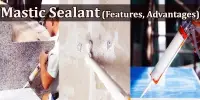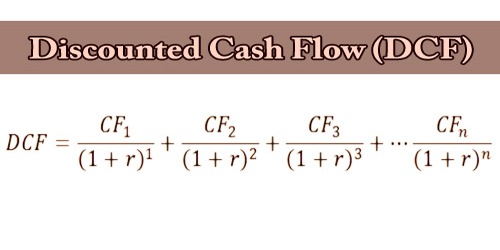Large concrete surfaces may exhibit rough color variations, light or dark blotches or spots on the surface, or early light efflorescence as a result of surface discoloration. This is demonstrated by laboratory testing to ascertain the impacts of various concrete methods and materials. No single factor is responsible for all discoloration.
Concrete discoloration is only a change in the concrete’s intended hue. This might be caused by the calcium chloride that is included in cement, additives, and concrete, as well as by inappropriate curing, environmental factors, and poor finishing work.
By lessening the impact of the aforementioned variables, discoloration can be minimized. However, there are steps a contractor can take to decrease the damage if they come across black stripes, patches, or blotchy concrete.
But regardless of whether it happens in a single installation or a series of concrete placements, discoloration typically has one main cause: irregularity. This could be a flaw in the workmanship or the materials.
Depending on the reason for the discoloration, the treatment method can be chosen. It should be used after the concrete has fully dried.
How to Treat Discolored Concrete Surface?
Several remedies are available to mitigate concrete surface discoloration. The right strategy is to begin with the easiest and simplest technique:
Cleansing
To smooth out some of the variation in the moisture content and mineral buildup of the concrete, flush the hardened surface with hot water and scrub with a sharp brush to remove any mild discolouration. This procedure might have to be repeated until the discolouration goes away.
After the concrete dries and discoloration disappears, it should be sealed with a new, light coat of concrete sealer to protect the work that has been done.
Use of Acid Solution
Use a moderate acid solution, such as muriatic acid in the range of 1% to 3%, if the staining is significant. A high quantity of muriatic acid causes flaws and weakens the concrete, thus the proper amount of acid should be utilized.
By flooding the concrete surface with acid solution, letting it dry, and then applying the acid solution, the depth of acid ingression into concrete can be adjusted. The acid solution can penetrate concrete more deeply the longer it dries out. Therefore, it is best to operate on a concrete surface that is manageable and limit acid penetration based on how quickly the area has dried after flooding.
After applying the acid solution, wash the area thoroughly with clean water within 15 minutes.
Tinted Color Sealer
If concrete cleaning fails to eliminate discoloration and using an acid solution is not desired, a tinted color sealer is another alternative to cover discoloration. A sealer, as opposed to acid solution and acrylic sealer, won’t alter the appearance of concrete if it penetrates the surface.
While acrylic sealer darkens the surface and leaves behind a low-to-high gloss finish, acid produces a marble-like appearance. If using an acrylic sealer, use a solvent-based acrylic and test the product first on a small area to see if it leaves a uniform finish. To completely cover up the damage on the concrete surface, acrylic sealer can be colored.
Special Coating
A thin polymer-modified coating can be used to cover the discoloration and stain. This type of coating is commonly utilized to cover graffiti.
Diammonium Citrate
Applying diammonium citrate is another way to get rid of discoloration, and it’s utilized for severe discoloration. Diammonium citrate is a salt compound utilized for a buff.
The material is made with water, applied on concrete, and kept there for about 15 minutes before being properly brushed and rinsed. Given the high expense of this material, it should only be used after more affordable alternatives have been exhausted.
Concrete Resurfacing
If the discoloration and stain issue is severe and cannot be fixed properly, applying a concrete overlay over the entire area to cover the distorted color can solve the problem.
















